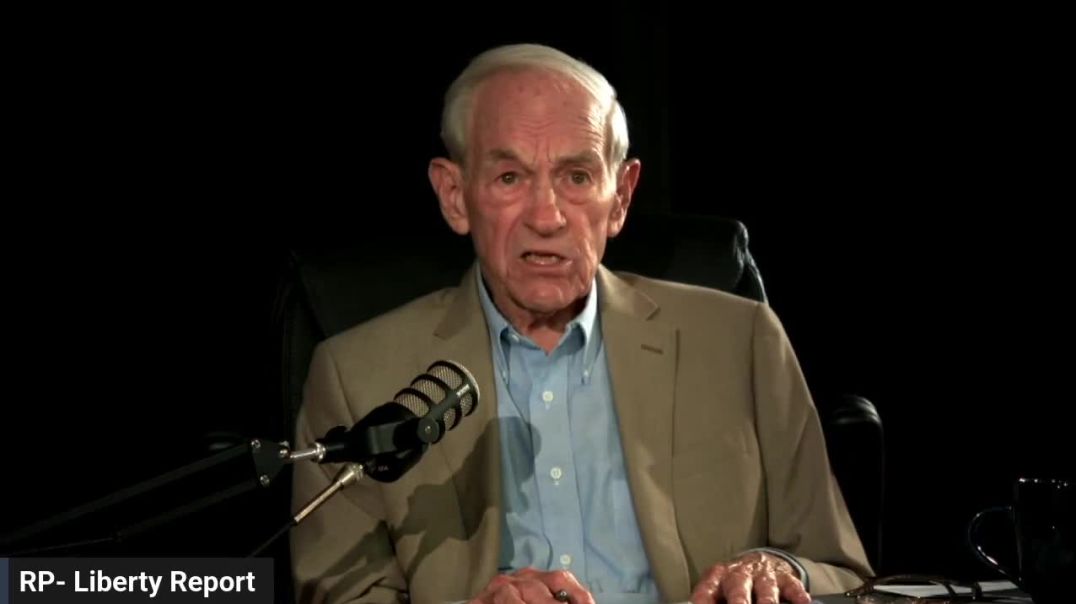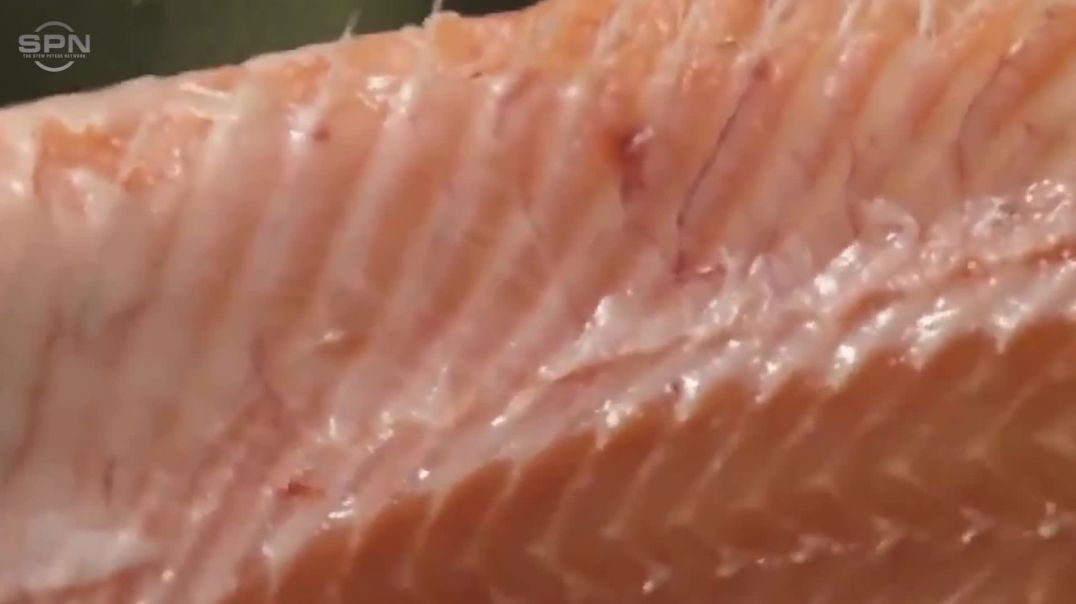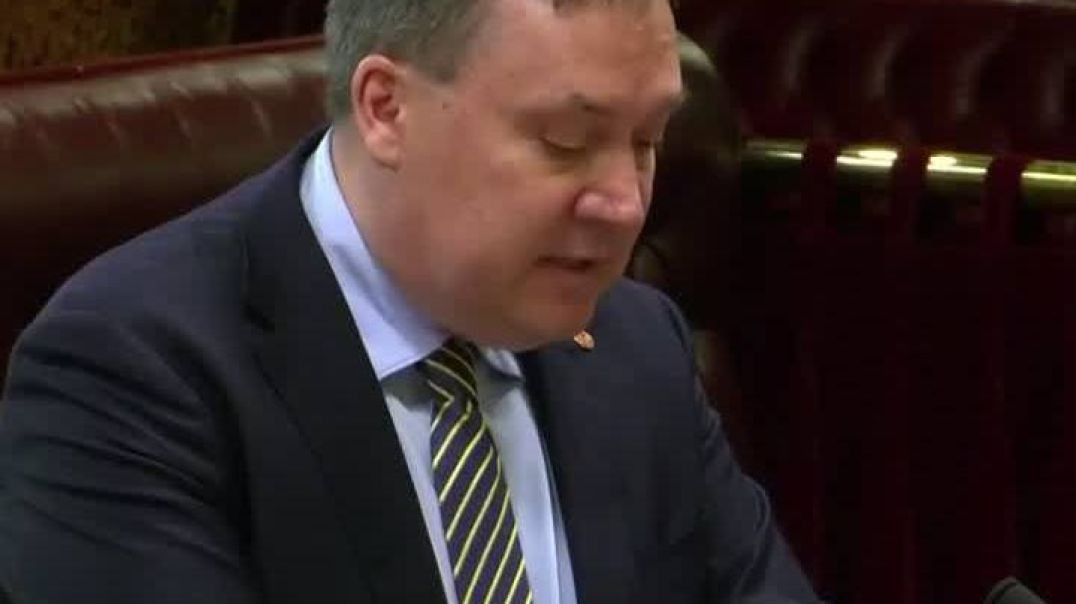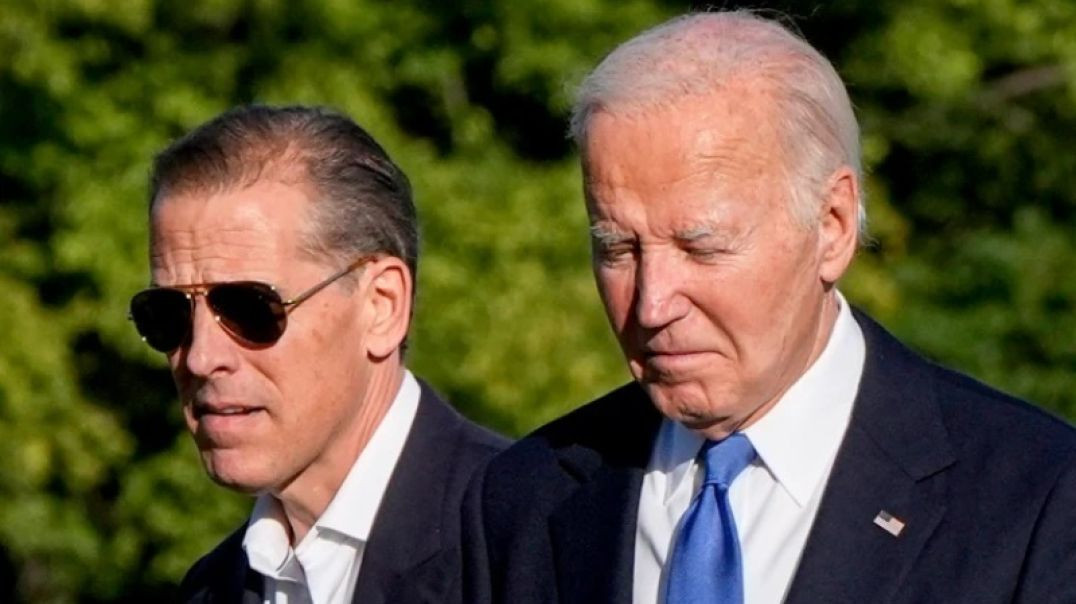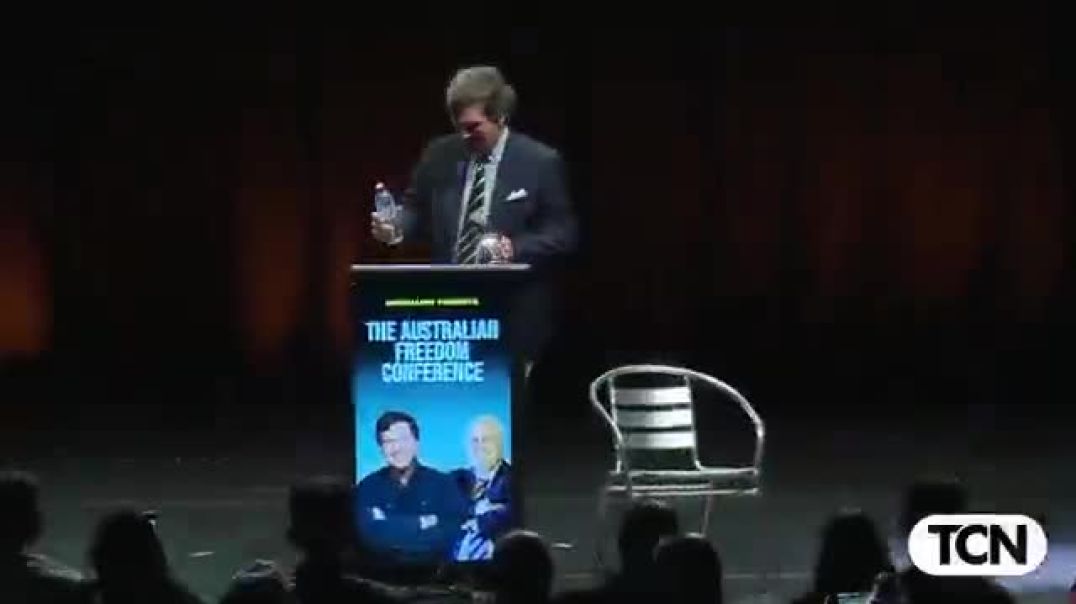Please donate now to help fund our work
- Film & Animation
- Music
- Pets & Animals
- Sports
- Travel & Events
- Gaming
- People & Blogs
- Comedy
- Entertainment
- News & Politics
- How-to & Style
- Non-profits & Activism
- McIntyre Report
- Jamie McIntyre uncensored
- RAW Report
- Candace Owens
- Steve Kirsch
- Tucker
- Bongino
- Elon musks
- Alan Jones Australia
- RT News
- Wayne Crouch Show
- Other
Leo Frank Trial - Week One
The testimony of night watchman Newt Lee, who had discovered 13-year-old Mary's body in the basement of the pencil factory during his nightly rounds in the early morning hours of April 27, 1913, provides the most crucial details of Leo Frank's trial for the murder of Mary Phagan. The entirety of Lee's testimony has been preserved as part of the Leo Frank trial brief of evidence, all of which was supported by data that was deemed reliable by both the prosecution and the defense during the appeals process.
The majority of information about the Frank trial that was then currently available is stridently pro-Frank and derivative, which means that it largely consists of cherry-picked paraphrases and interpretations of what witnesses said and what reporters and investigators learned during those crucial days. The Mercury will start by presenting the entire testimony obtained during Newt Lee's direct and cross examination in order to fill in some of these purposeful omissions.
Before the trial started, there had been an attempt to frame Lee using a bloody shirt that had been planted, but subsequent events showed that Lee was completely innocent, and by the time of the trial, he was not even the slightest bit under suspicion, so he had no known reason to lie. Newt Lee was working as a night watchman at the National Pencil Factory on April 26, 1913. He had to return on Friday, April 25, at 5:00 a.m. after spending three weeks there. He was paid off Friday night, and the front door wasn't locked on Saturday. Mr. Frank hands him the keys at noon on Saturdays when he leaves for work and gives them back at 8 am on Mondays. On Saturday, he used his keys to unlock the locked front door.
He carried a bag of bananas up the stairs and, as usual, stood to the left of the desk. Rubbing his hands together, Mr. Frank approached, apologizing for calling him so soon. They should go out and have a good time, the narrator tells Mr. Frank. They are instructed to stay for an hour and a half and return at 6:00. The narrator leaves and stays until four minutes and six seconds later. The doors are unlocked when they return.
It took Mr. Frank twice as long as it did the other times to change the flip. He fumbled with inserting the lever, which the narrator is holding for him. The narrator punches Mr. Frank and continues downstairs as he inserts the tape. Mary Phagan has a friend named Mr. Gantt who used to work in a pencil factory. He approached Newt from across the street from the beer bar and requests to have a pair of worn-out shoes repaired upstairs. When Mr. Frank exits the room, he unexpectedly collides with Gantt. Frank identifies the old shoes as being tans and black when Gantt says he has a pair upstairs. Gantt and Newt ascend there, where they discover them in the shipping room. About an hour after leaving that night, Mr. Frank called Newt. It's his first call to him on a Saturday night or at all, and he doesn't inquire about Gantt. Just beyond the building entrance, there is a light on the street level. In order for the officers to see in when they pass by, Mr. Frank instructed the narrator to keep the basement light burning bright. The narrator always arrived an hour earlier on Saturdays and released the subject an hour later. On April 26, the light was flickering as dimly as it could go, much like a lightning bug.
When the narrator arrived on Saturday, the elevator doors on the street floor and office floor were locked. The body was located in the basement when 03:00 rolled around. He went to the restroom and checked the dustbin from behind the door to see how it was. He went there after picking up a lantern and saw something that made him think that some of the boys had left it there to frighten him. He eventually moved a small distance in its direction, looked at what it was, and left. The fact that the narrator called the police station and discovered Mr. Frank's body is the most crucial information in this audiobook.
When the police arrived, the narrator was still trying to get Mr. Frank on the phone. The narrator witnessed Mr. Frank entering the office on a Sunday morning, but he just looked at the ground and avoided eye contact. A conversation between the narrator and Mr. Frank took place at the station house on Tuesday, April 29, after which they bound him to a chair. When the narrator enquired as to whether Mr. Frank thought the narrator was responsible for the crime, he responded that he thought the narrator knew something about it. That Saturday, Mr. Frank left his office looking down and rubbing his hands. Before cross-examination, the narrator had never observed him rubbing his hands in that manner.
Mr. Frank jumped back and held his head down when he saw Mr. Gantt, according to the narrator's testimony at the coroner's inquest. He hid the fact that he had given one of Mr. Gantt's shoes to one of the boys from the coroner. The narrator typically arrives at the factory on Saturdays at 12:00, but this time Mr. Frank instructed them to leave by 4:00. The coroner was also informed by the narrator that he was looking down when he left his office and that there was a place for him to sleep within the structure. The elevator and the basement were both immediately accessible when the narrator entered the factory through the front door.
By the time the narrator returned on Saturday around 6:00, all of the doors had been unlocked. The factory is a huge, sprawling, old place, and the doors are never shut, which are the two most crucial details in this text. All of the shutters and blinds were shut that day, with the exception of two or three on the first floor, which were shut that evening. Two clocks, one punching to 100 and the other to 200, are present. Mr. Gantt and Mr. Frank had a problem, and Mr. Frank had instructed Mr. Gantt to keep Lee away from the area. Lee punched both of them in response. Lee continued upstairs while Mr. Gantt entered the beer saloon.
The narrator left the factory at 06:30 and passes the engine room, the women's locker room, and the basement every half hour. Mr. Frank instructed the narrator to check the building every half hour and watch for the trash can and the back door. The narrator is close enough to the door to see that it is closed and that there is light in front of the door, but no light between the case and the door. When the police arrived, the narrator is close to the door and sees that it is closed, with a light ahead. When the narrator found the body, the back door closed.
The first time the narrator descended into the basement is at 7:00 AM. The narrator searched for a body in a closet on the second floor, one on the third, and one on the fourth. When they saw the body, they went back into the closet to see if there was a fire in the trash can. The docent is 20 or 25 feet from the hole in the skylight and has to walk at least 10 feet to see if there is a fire in the dumpster. If they don't find the body, the narrator walks on, but the closest they get to the body is about 6 feet. The narrator is sitting in a closet when they see a white woman lying on her back with her face to one side. When the police arrived they said it was a white girl. The narrator reported to police that it was a white female. Frank had asked the narrator to call the police and fire department if anything serious happened. The narrator at the coroner's hearing said that Mr. Frank played the tape longer this time than before.
The narrator held the handle and must move it back and forth to apply the tape. Police found a note in the basement that said a tall, dark, slim black man had tried to bury it overnight. When the cops read the note, the narrator said that they must have tried to force it upon him. When Mr. Frank came out and rubbed his hands, he went from the inner office to the outer office and from there to the clock. Unless they found the body, the narrator did not go down into the cellar at night to the cauldron. The officers were constantly talking to the narrator, who hardly slept day or night.
The most important detail in this audiobook is Frank's trial. Jim Conley's testimony hurt Frank so much that neither the coroner's jury nor the grand jury that indicted Frank heard a word from Jim Conley. Frank's decision to make Newt Lee come in early and then let him go for two hours is questionable because Frank is absolutely determined that Newt can't take a break during his two-hour break. Frank's first and only phone call to Lee came at 7:30 p.m. On the night of the murder, he was also suspicious of asking if everything was "okay". Frank is very nervous about 6 hours after the murder, Mary Phagan's body is hidden in the basement, when he sees Mary's friend Gant, he cuts his hands and jumps in fright, in theory he can search for her, but he cannot function normally. The most important detail in this article is that Frank had previously worked with Isa without assistance for almost five years and that he checked Lee's time card the day after the murder and declared that Every Stroke was set correctly. When the bloody shirt is later found at Lee's house, Frank contradicts himself and claims that more punches were missed. The defense team is still trying to plant the idea that Lee may have been involved in the crime, but that theory was greatly weakened when Lee told the court he hadn't even met Conley until a month after the murder on a Sunday in April 1913. 27., in prison. On April 28, Leo Frank changed his story, suggesting that Newt Lee missed three or four shots.
When police searched Newt Lee's home, they found a bloody shirt at the bottom of his incinerator. The defense subjected Lee to harsh cross-examination, misunderstandings, insults and accusations, but they could not grasp any contradictions in him. Sergeant L Mr Dobbs told the jury how he found Mary Phagan's body lying face down, left side on the ground and right side up. Her face was bumpy, swollen and black. The rope was a noose around the neck, embedded in the flesh, and the tongue was stuck out. Detective Constable John Stearns was called to the witness stand to testify that he went to the premises of the Pencil Company between 05.00 and 06.00 on April 27. By the back door he found a clamp that looked like it had been pushed out of a pipe against a tree. He called Mr. Frank and asked him to come to the factory immediately. He made him play Boots Rogers. Mr. Frank looked tense and shaky. Starnes was guarded when talking to him on the phone.
Another important fact in this passage is that the narrator, Mr. Frank, Mr. Black, and the narrator's father, Mr. Geesling, go to the company and see a dead person lying in a room to the right of a large room. Geesling turns on the lamp above her head and the narrator walks to the opposite side of the body with the door to the left.
Mister Geesling grabs the dead girl's face and turns it towards the narrator. The narrator then sees Mr. Geesling walk through the door into a closet where Mr. Quisling or someone is sleeping. The most important detail in this passage is that Mr. Quisling turns the dead girl's head to the narrator, and he can tell if she worked in the factory by looking at his pay book.
Another important fact is that Mr. Hendricks, the night watchman at the pencil factory, showed the writer how to set the clock to less than five minutes, and that the rope used to strangle Mary Phagan on the floor was in the pencil factory at the opposite corner of the dressing room. On the morning of Monday, April 28, the writer saw bloodstains about a foot and a half or two feet long at the end of the dressing room, and he picked up some of the bloodstains. He also found a nail 50 feet away on that side of the metal room, opposite the second-floor elevator, which appeared to have blood on it, and two places near the back door that appeared to have bloody fingerprints. The author does not know when Frank was arrested.
To add further significance to the matter is that Lee was called to the station building on Monday, where he worked in the pencil factory. He never thought of running away, the stairs from the office building to the third floor, when he just climbed up, the door was locked. He heard Booth Rogers testify at the coroner's inquest and prosecutors testify twice.
He couldn't say what his conversation was with Mr. Frank's phone message, but it was a casual conversation. He saw stains on the floor, the rope was cut into pieces, and the little girl had no purse, no flowers, no ribbon on her hat. He spoke carefully about what he had said to Mr. Frank on the phone and handed the tree to Chief Langford. The most important detail in this text is the testimony of W.W. Booth Rogers, who had accompanied the officers to the coroner's inquest. Mister. Rogers recalled seeing Mr. Rosser during the inquest but never heard him say anything during the entire hearing. The most important fact that Starnes highlights is the contrast between Leo Frank's extreme tension and Newt Lee's relative calm. W.W. Boot Rogers also took the oath of allegiance to the state and is associated with Judge Geraldo's court.
On the evening of Saturday, April 26, he was at the station building, and then proceeded to the premises of the National Pencil Company. He heard Mr. Starnes on the phone asking if something had happened at the factory. Mr. Black was with him and asked if something had happened at the factory. Mr. Black said: Mr. Frank, better get dressed and let's go to the factory and see what's going on. Mr. and Mrs. Frank dream of hearing a phone call at 3:00 in the morning, and Mr. Black suggests whiskey. Mr. Frank was nervous and asked questions quickly, but allowed enough time between questions to get answers. They got into the back seat and one of them asked Mr. Frank if he knew a little girl named Mary Phagan. Frank said he couldn't tell if she worked in the factory until he looked at the payroll.
The most important details in this passage are that Newt Lee was arrested and that Mr. Frank looked exactly the same at the police building as when he first met him. He walked quickly, and as soon as the car door opened, he easily jumped off Mr. Daly's lap and headed up the stairs. We didn't know if the girl was white until we wiped the dirt from the child's face and pulled a small piece from her sock. When we got to his home, he asked his wife to bring a tie and tie. At that time, Ms. Frank was talking to Mr. Daly, and Mr. Frank was putting on a tie at the front desk.
An important detail in this recording showed that Mr. Selig had suffered from indigestion the night before and drank all the wine in the house, so Mr. Frank agreed to go with them to the funeral home. When they got into the car they told him it was Mary Phagan, and he could see if she was employed by reading his book. When Mr. Geesling turned the face of the young lady, no one could see the face unless they entered the room. Mr. Geesling sees Mr. Black and Mr. Frank more clearly than the narrator because their backs are turned and Mr. Geesling stares at them directly over his body. When they returned to the factory, the elevator they were riding on made a loud noise and automatically stopped when it reached the bottom.
The narrator lies face down with his arms folded. The main details in this text are that the girl has a bruise on the left side of her head, dried blood in her hair, one eye has turned black, and some small scratches on her face. When they first went down to the basement, they found no shoes, no hats, no umbrellas in the elevator shaft. Upon exiting the elevator, there was quite a lot of excrement that smelled like the excrement of normal healthy people. The girl's hair was that of the white girl, and the body was not in the undertaker, which was visible from the door. Diversion tests revealed that the body was not in the undertaker, which was visible from the door. Re-examination revealed that the body was not in the morgue, which was visible from the door.
The most important detail in this text is the testimony of Detective John R. Black, who knew Frank before Phagan's murder. He pointed out that Frank was not naturally nervous or upset and knew that Frank had changed his mind about Newt Lee's late timing and the discovery of the bloody shirt. He also knows that Frank changed his mind because of the no hits on Newt Lee's time sheet and the circumstances surrounding the discovery of the bloody shirt. Black was easily confused and confused by the defense's rapid cross-examination, damaging his credibility.
John R. Black, a police officer, met Mr. Starnes and Mr. Frank on the phone. He goes to Mr. Frank's House with Boots Rogers in a bathrobe and Mrs. Frank. Frank was tense as he grabbed his collar and asked what happened. He wondered if something had happened to the pencil factory and if the Night's Watch had reported it. When they got into the car, Mr. Frank asked if he knew Mary Phagan and said she was found dead in the basement of the pencil factory.
Frank said he didn't know any girl named Mary Phagan and knew very few employees. He suggested to Mr. Rogers that they be conducted by the firm's undertaker. Mr. Frank looked at the girl and stepped aside.
He thought he had paid her on Saturday, but he could tell by looking at his cash book at the pencil factory.
The following Monday and Tuesday, Frank said, the clock was struck incorrectly three times. On Monday morning, Frank and the National Pencil Co. attorneys Rosser and Mr. Haas came to the police station.
On Tuesday evening Mr. Scott and Mr. Scott that Mr. Frank got to talk to Newt Lee, who thought a lot of the black man and said he had always found him trustworthy and honest. They went into the room and were alone for about five to ten minutes. Frank said Mr. Gantt was there Saturday night and he asked Newt Lee to let him get the shoes but to follow him because he knew the area around the office. After this conversation, Gantt was arrested and Frank didn't mind talking to Newt Lee.
After his release on Monday, he looked very happy on Tuesday night. Frank said at the station that at 06:00 nobody was in the factory except Newt Lee, who should know more since he was in charge of checking the factory every 30 minutes. Cross-examination revealed that Mr Rosser came to the police station between 8am and 8.30am on Monday, recalling that he did not swear Rosser was there. The narrator overhears Mr. Rosser telling Mr. Frank to make a statement without even meeting. They wanted to speak to Frank privately during the coroner's inquest and Rosser was not present. Mr. Frank answered each question and the narrator spoke to him twice. The narrator did not tell Mr. Frank about the murder while they were in the house, but he did as soon as he got into the car. The narrator wants to observe Mr. Frank to see how he feels about the murder. Mr. Frank did not go up to tie his tie, but Mrs. Frank did. Frank brought him his collar and tie, and he put his coat and hat there. The narrator has no idea where he got his coat and waistcoat or what tie or collar he is wearing.
The most important detail in this article is that Mr. Frank was at the police station on Monday from 8:30 a.m. until approx. the writer was there, Sheriff Lanford was there, but no one noticed the blood. Mister. Frank was at the police station from Monday at 830 to approx. 11:30, when Mr. Haas asked them to go to Mr. Frank's house and look at his worn and washed clothes from the week before. A bloody shirt was found at the bottom of a laundry tub at Newt Lee's home around 9 a.m. Tuesday morning. Mr. Frank had told the author that he didn't think Newt Lee had told him everything he knew about the murder. The most important details in this play are the details of Black's misunderstanding and his confusion about when Frank suggested that the house be searched. Dorsey's theory is that Frank wanted his own house to be searched because that would of course lead to Lee's house being searched as well and the bloody shirt being found planted. James Gantt, the man who had given Frank such a fright when he appeared at the factory on Saturday night, was next on the witness stand. Gantt still has a lot to say, including being fired by Frank or being friends with Mary Phagan.
J.M. Gantt, shipping clerk of the National Pencil Company, was fired by Mr. Frank on April 7 due to a possible shortfall in wages. He had known Mary Phagan since she was a little girl, but had not seen her until she went to work in the factory. After being discharged from the hospital, he returned to the factory and Mr. Frank saw him twice. To the best of Mr. Frank's knowledge, $2 is reported missing from the payroll. Mr. Frank told him he had the best office staff ever. On April 26, he saw Newt Lee sitting in front of the factory and remembered that he had left a pair of shoes there. Seeing her, he took a step back as if to return. Mr. Frank came out and asked the narrator if he wanted to go shopping for a pair of shoes with him. The narrator said yes, but he asked if Newt Lee was okay. He then asks the narrator if he wants to go with him.
The most important detail in this article is the testimony of Harry Scott, Pinkerton's agent, who was brought into the case at the behest of the National Pencil Company and paid for by forces friendly to Frank.Harry Scott's testimony is especially credible because his agency was brought into the case at the special request of the National Pencil Company and paid for by forces friendly to Frank. Mr. Frank has just returned from the police station and it seems that Detective Blake suspects that he did it. He described his actions on Saturday 26 April which included arriving at the factory at 08:00 in the morning, going to Montague Brothers for postage and returning to the factory at around 11:00 and 12:00.
Mrs Arthur White's wife, Mrs. White, asked permission to go upstairs to her husband, and Mary Phagan entered the factory at 12.10 in order take away her salary. When she reached the front door of the office, which opened into the hall, she asked if the medal had arrived. Mr. Frank said he didn't know, and as Mary Phagan walked down the aisle he heard voices but couldn't tell if it was a man or a girl. Mr. Frank went up to the fourth floor and asked Wyatt and Denim when they could finish the job. He informed Mrs.White that he was closing the plant and that she had better leave. As she went outside, Ms. White said she saw a black man on the street floor of the building. 13:10 Mr. Opens the factory and goes home for lunch. He comes back to the factory at 15:00 and did some financial work.
At 6:00 after returning to the factory, Li asked Mr. Frank, if everything was okay. Mr. Frank said yes and Lee went about his business. When he reaches the street entrance, he finds Lee talking to Gant, Frank's former accountant who was fired for the theft. Mr. About 18:25 Frank arrived home. The most important detail in this passage is that Mr. Frank and Daly take the narrator on a tour of the factory and show them what the police have found. They went to the metal room on the second floor where they saw some stains that were supposed to be bloodstains and a car that was supposed to have hair on it. Then they went through the skylight, down the stairs, and into the cellar, where all was revealed. Mr. Frank's behavior at the time seemed completely natural, with no signs of strain. His eyes were large and piercing, and his face was slightly pale.
The main information in this article is from a conversation between Mr. Pearson and Mr. Herbert J. Haas on the Pinkerton Agency's position on the matter. Mr. Pearson stated that he had previously heard voices at 12:00 a.m. before Mary Phagan entered and that Gantt knew Mary Phagan well. Pearson also said Gantt was watching him to see if any of Frank's attorneys had said anything about suppressing evidence related to the murder. Mister. Pearson then went to the office of Herbert J. Haas in the Fourth National Bank Building and spoke with him about the Pinkerton Agency's position on the matter.
Mister. Haas said he wanted us to submit a report to him first before it goes out to the public to let them know what evidence we have gathered. Mr. Pearson then saw an area near the girls' locker room on the floor of the office where fresh chips were cut and painted white. On the evening of Tuesday, April 29, Mr. Black with Mr. Frank. Mr. Black said to Mr. Frank that he didn't think Newt Lee had told everything he knew.
Mr. Black asked Mr. Frank, if he would act as employer and employee, go into the room and try to get more out of the niggers than they can get. Mr. Frank quickly agreed and they were alone for about ten minutes. When they entered the room, Lee wasn't done talking to Frank and said, "It's hard for me to be chained to this chair all the time." They then asked Mr. Frank if he had received anything from black people and he said no.
Mr. Frank was very nervous at that time, twitching and turning in the chair, one leg curled up one by one, and he did not know where to put his hands. He took a deep breath, a deep breath, sighed and hesitated. His eyes were about the same as they are now. The interview between Lee and Frank took place shortly after midnight on Wednesday, April 30. On Monday afternoon, Franks said the first hit Lee slid in at 6:33 p.m. His last stroke was at 3:00 a.m. Sunday morning. At approximately 11:30 a.m. on Tuesday, April 29, Mr. Black and the narrator Mr. Frank in custody. On Saturday, May 3, the narrator went to Frank's cell in the prison and asked if he had been to the office. He carefully searched the area around the elevator and the radiators and returned there, but found nothing.
Question? Yes. Superintendent H. B. Pierce and Narrator with Herbert J. The Board's position on this matter was discussed at the Haas meeting. Mister. Haas said whoever was involved, they wanted to know who the killer was. The narrator did not report this to the police. The most important detail in this passage is that the speaker reported the motive for their meeting, that Mr. Haas wanted them to find the killer, even if it was Frank. Mister. Haas told Mr Pearson he would have liked them to give him the evidence report before handing it over to the police. The spokesmen also testified at the coroner's inquest about the conversations they had with Mr. Frank, they did not give details of Mr. Frank's actions when he left home in the morning, arrived at the factory, went to Montague Brothers and returned to the factory. The representative also failed to prove that Gantt was familiar with the little girl, as that would have been negligent. The representative spoke for the National Pencil Company, not Mr. Frank personally.
The details of the speaker's interview with Mr. Frank are also brought up. Speakers said they heard Lee's last words and did not record in their notes that Mary Phagan was familiar with Gantt charts. The spokesman also said they did not show the coroner that a white substance had been smeared over the alleged bloodstains. The spokesman also said they reported it to the police before reporting it to Mr Haas or Mr Montagu Redirect.
Take the exam. The spokesman also said there was a lot of dust on the stairs leading from the basement to the upper floors and the dust appeared to be undisturbed. Finally, the speaker announced that they had been working the entire case with Detective Blake and that they were aware of his every move. A payroll envelope for the club and parts company was found on the first floor of the factory where African-American janitor Jim Conley was sitting the day he was murdered by a rogue agent of Pinkerton, the whistleblower in the Scott bombing. He revealed that Frank had told Scott that Gant knew Mary Phagan very well and that he knew her well and was close. Mary Phagan's colleague, Montena Stover, was not hostile to Frank and thought highly of him, but she was certain that he was definitely not in her office between noon and the day of Mary Phagan's death around 12:45 p.m
Montena Stover was sworn in to the State and said she worked for the National Pencil Company until April 26, 1913, when she was at the factory at five past twelve. She had no animosity towards Frank and held him in high esteem, but she was sure that he was completely absent from his office from noon until the day of Mary Phagan's death at 12:45 p,m. The narrator is 14 years old and works on the fourth floor of a factory. They had never been to Mr. Frank's office before, and the door to the metal room was sometimes open and sometimes closed. They don't pay in the office, so they have to go to a small window to open the diversion control. R.P. Barrett, a mechanic for the Pencil Company, found what appeared to be Mary's hair on a factory lathe in the center of the room, and bloodstains that had been hastily covered with grease were found nearby.
At the end of work on Friday, the hair and stains were still gone. The doors in the metal room are sometimes closed and sometimes open, and are closed when the plant is not in operation. The most important detail in this article is that R.P. On the morning of Monday, April 28, Barrett, a mechanic for the National Pencil Company, discovered an unusual place in the west end of the locker room on the second floor of the pencil factory. The place was about four or five inches in diameter, and the little blob followed them from behind, and there were six or eight people. It looks like a white substance has been applied. There was a broom on the floor, leaning against the wall, but apart from being dirty, there were no signs of use. Mel Stanford sees hair on the handle of an L-shaped table lathe.
On the morning of Monday, April 28, R.P. Barrett, a machinist at the National Pencil Company, noticed an unusual place in the dressing room on the second floor of the pencil factory. There was lube nearby and at the end of Friday's work there was none. He promised to stay there for eight weeks. The writer found a blood point on the floor from 630 to 07:00 on Monday 630 and 07:00, which seems to have been applied with a thick diet. They also found pieces of hair on a lathe handle, a gas jet that the girls sometimes used to curl their hair, and a payment envelope under Mary Phagan's car.
The narrator has never gone for blood before until Miss Jefferson arrives and says she knows Mary was murdered in the metal department. A few minutes later, the narrator finds the hair and left some work behind when he left the car on Friday. Mrs G.W. Jefferson testified that she had found bloodstains on Barrett and that they covered an area "as big as a fan." dr. Claude Smith, a chemist of the city of Atlanta, stated that although he had seen only four or five corpuscles on the wood shavings, his analysis proved them to be blood. In 1913, DNA evidence did not exist, so it was impossible to test the hair or blood to determine if it came from Mary Phagan. After Barrett left the stands, janitor Mel Stanford confirmed what he said was no hair or blood at closing time the Friday before the murder. G W. Jefferson testified that she found the bloodstains with Barrett and that they covered an area "as big as a fan." Doctor and city bacterial scientist and chemist Claude Smith controlled two examples that detectives brought to his office. There are dirt on the chip and some color stains. One of them found some small bodies. The shirt planted at Newt Lee's residence appears to be the same shirt brought to Smith's office by detectives.
Smith checks the stains on the shirt and finds blood stains but no odor from the armpits. The question showed gravel and stains on all chips, and he could not ask him to detect blood. Smith worked in a normal way and the entire surface of the chip was painted with dirt. The most important detail in this text is whether the bloodstain is young or old, with a firm cut shortly after death. Envy Darley, Frank's business partner, testified that Frank nearly lost his mind with excitement after discovering the murder. Dr. Henry F. Harris determined Mary Phagan's death to be close to the time Monteen Stover visited Leo Frank's empty office and stated that he determined the cause of death to be strangulation, despite a prior blunt force trauma, possibly a fist, and her head impact with a sharp object (perhaps a lathe). He also testified that although there was no semen, there had been some violence to Maria's private parts before her death.
Mrs. Arthur White testified that as she walked around she saw a black man hiding near the elevators on the first floor. 1:00 p.m., consistent with the prosecution's theory that the man was Jim Conley, who had spied during Frank's trial. He eventually offers to help Frank move his body.

